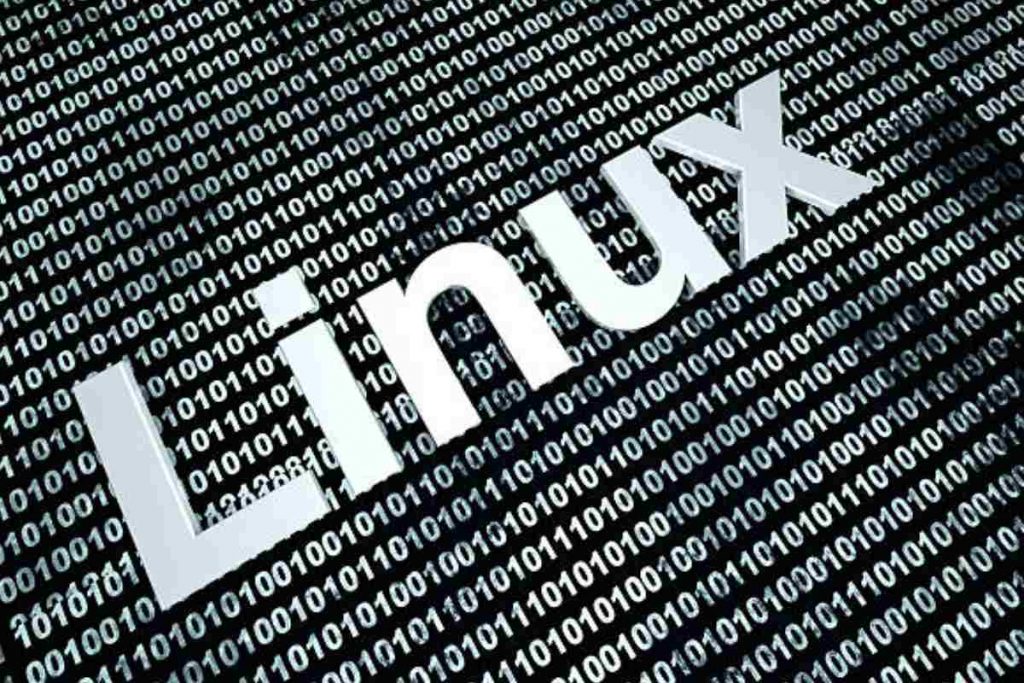The use of Linux has been increasing in many vital sectors, including healthcare. Linux is useful in healthcare since it offers a competitive environment to host other software solutions. It also empowers healthcare organisations to achieve their goals.
Why is Linux used in healthcare?
Healthcare organisations use Linux for the following factors:
- Open Source: One of the most critical advantages of Linux for healthcare organisations is its open-source saving license cost. Most software and programs running on Linux OS are also largely open sources. Users can modify the Linux kernel based on an open-source licence and customise it per their requirements. With open-source, there is no requirement for additional resources or to sign other agreements.
- Reliable Infrastructure for IT Solutions: In healthcare, accessing the correct data at the right time matters for quality patient care. IT solutions proficient in simulating human brains’ capabilities aim to save costs. They include automation unified with artificial intelligence and blockchain. However, companies require reliable systems available all the time with very high resource management capacity for running such solutions. With Control groups (Cgroups), a feature of the Linux kernel, providing mechanisms for partitioning sets of tasks, you can design multi-purpose systems running multiple applications for multiple user groups.
- Computation as a platform: With most devices based on the Linux kernel, Linux can scale from top to bottom. Medical record repositories, MRI, CT scans, or laboratory devices used for sampling are highly data-centric. Linux as a computation platform suits all of them. Open source pharma is driven by computational Biology and cannot exist without a computational platform such as Linux.
- Security: One of the most crucial aspects of Linux is security. It is confirmed by its extensive use in different industries dealing with sensitive data, including healthcare. Linux is resistant to malware. Therefore, it can stand against cyber-attacks and secure patients’ data. As many users around the globe use Linux, it consists of encryption technologies to ensure the safe collection, transfer, and storage of data.
- Medical devices and applications: The most critical medical applications have been deployed only on Linux. As Linux consists of various open-source tools developed and commercially supported by different firms for medical devices and applications, it can lead to faster development. Moreover, these tools comply with the relevant standards and regulations and are tested against requirements, thereby being a boon for quicker action.
- Customisation: Linux is highly customisable because of its flexibility. It offers a variety of pre-existing designs to meet the requirements of healthcare organisations. They can also add or remove features they like to make the design clean and functional.
Conclusion
With its increasing popularity and advantages, Linux is extensively used in the healthcare industry. Nowadays, devices that use Linux have become more popular worldwide. Since Linux is an open-source and feature-rich operating system, it opens up opportunities for highly-customised solutions. Its advanced security and reliability allow it to run on mission-critical medical equipment and work with sensitive patient data.

